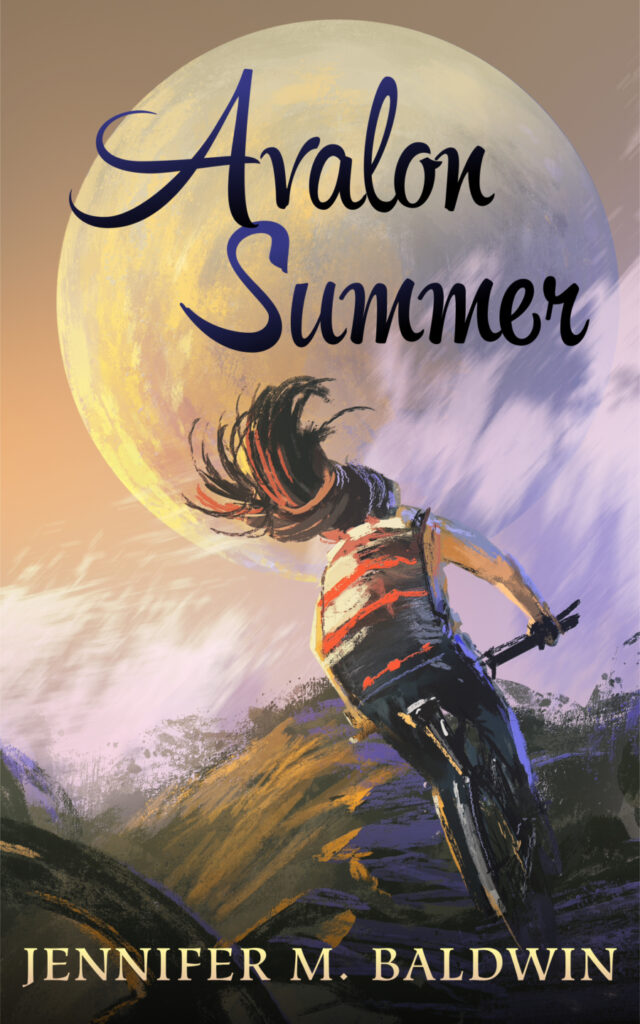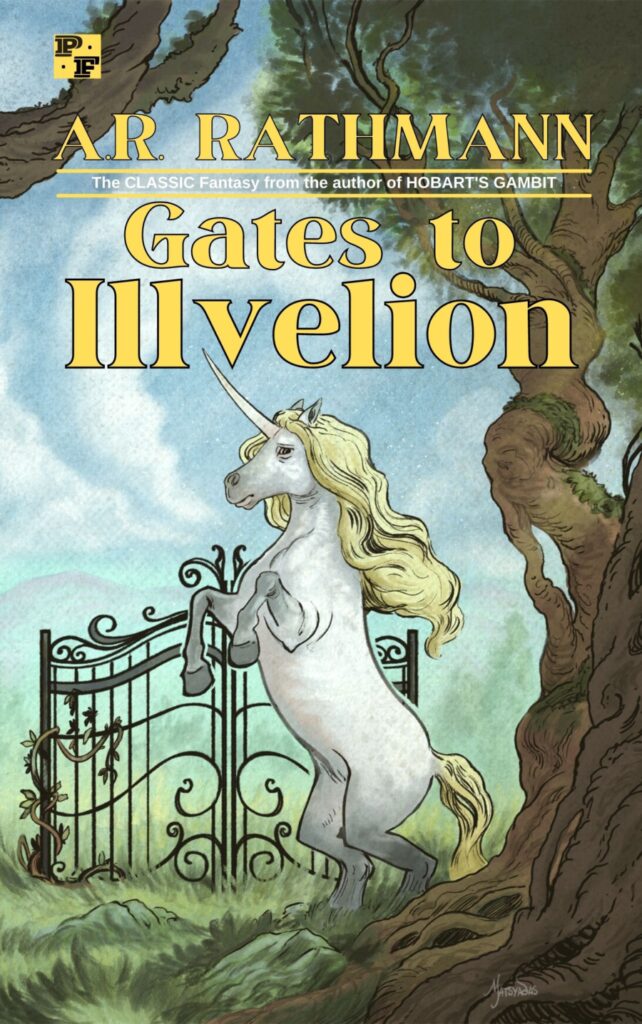This one was always going to be a challenge. It’s a tortured history, and I might not be ready to confront it.
I wrote the first Merlin book in roughly 2014-2016 (exact dates are fuzzy because it was so long ago, which is exactly why my goal to finish Ysbaddaden is so fraught).
That was almost ten years ago, when I published The Thirteen Treasures of Britain. Not too long afterward, in January 2017, I wrote a Merlin prequel short story, and I started the second book of the trilogy, a book about the giant Ysbaddaden, a chess game between Merlin and his arch-nemesis, and the continued hunt for the treasures of Britain.
Yeah. It was gonna be great. It was gonna rock. I was gonna finish this book and get it out, then write the third one and have a complete trilogy and be awesome, yay, yay, yay.
Then, after I had completed the trilogy (so my plan was planned), I was gonna write more. So much more. Dozens more. Dozens upon dozens. Ideas for more books, more series, more stories. I had so much more I wanted to write.
So, while I was excited about the Merlin trilogy, I also had plans for more. I needed to get “through” the Merlin stuff to get to all the other stuff I wanted to write.
I was excited for Ysbaddaden, yes, but I was also nervous about it. It wasn’t something I had a clear idea about plot-wise. I knew roughly what I wanted to see happen, but I also wanted to discover new things as I wrote. This is my way. Discovery writing.
I started writing, started the journey roughly in 2017, but then life stuff happened. Another pregnancy happened. And the excitement of the Merlin trilogy began to chafe against my unclear idea of what would happen with Ysbaddaden. In those days, I didn’t have a good handle on how to deal with “stuckness” as a discovery writer. And I was stuck. Stuck physically (with the pregnancy), stuck emotionally (also with the pregnancy), and most especially stuck with the story.
I didn’t like the direction Ysbaddaden was going. And I couldn’t find time to write.
This went on for at least a couple of years. Honestly, I have a bad memory, so I’m not sure when things really started going off the rails, but off they went, and soon enough I realized I needed to scrap twenty-thousand words and redraft huge sections of the work-in-progress.
The redrafting was better, and I started to find a good footing with the story, but then two of my side projects started to become main projects. I finished Avalon Summer and Gates to Illvelion during the time when I was “supposed” to be finishing Ysbaddaden.
By 2023, I had published those two side project books, but I still had a half-completed manuscript for the second book in a trilogy I first started publishing in 2016. And instead of barreling ahead with Ysbaddaden, I decided to start ANOTHER book, Norse City Limits.
So, as I indicated above. Fraught.
This is probably a Critical Voice problem. Fear that the second book will be worse than the first. Fear that my ideas are stupid and I’ll ruin the series.
But even more than fear, I think what’s happened is that I’ve lost the momentum. I can already tell that momentum is starting to wane with NCL too. Turns out, I need to keep momentum going on a project or else risk losing interest. I’m like a kitten or puppy, distracted by every shiny thing that comes my way.
Going forward, with new projects, the key will be to keep the momentum going and not get too rolled by hiccups and life events.
But for these older projects, for the eternal project that is Ysbaddaden and the Game of Chess, I need to somehow regain the momentum. With NCL, I think I’ve managed it, but only time will tell. My goal is to finish it by March. Then, it’s on to Ysbaddaden, trying to finish it in the second quarter.
Regaining momentum on a long-delayed project is not easy. Frankly, I’m not sure how to do it. The best I can figure is the old stand-by for when I feel creatively stalled: More input.
If (for both NCL and Ysbaddaden) I can start reading and watching and listening to stuff that fuels my creative voice, then I might be able to rev the motor and restart. Reignite.
The NCL input list includes the aforementioned Myths and Symbols book by H. R. Ellis Davidson, as well as a long list of film noir (a list I might post on the blog in a soon-ish timeframe).
For Ysbaddaden, the list includes The Sandman comics, tons of medieval romances like Tristan and Isolde, the Lais of Marie de France, and Parzival. And, of course, the ur-text for all my Welsh Arthurian stuff: The Mabinogi. Throw in some Tennyson, some T. H. White, and maybe even some Susan Cooper, and add a dash of my favorite old fantasy films like Labyrinth and Excalibur, and I’ll be good to go.
This the hope, anyway. Maybe this time will be different.
I do know that I need to stay connected to the story once I start writing it again. I have to work on it a little bit every day so that the momentum never falters too much. And I have to keep the whole thing fun. Momentum and fun. I’m learning that these are MY key factors for finishing. Momentum and fun.
I think what hurt me way back in 2017 was that I was overwhelmed with life stuff and the writing was harder and harder to fit into my life. I made the book “important” and put myself under pressure to write it. The importance and the pressure and all the personal stuff just stalled me. And instead of being gentle with myself and going easy on the self-criticism, I went self-critical HARD. I beat myself up for my lack of progress, and that made progress all the harder to come by.
I’ve grown a lot as a writer since 2017. I know how to handle stuckness a little better, and I know that I’m really doing quite a lot, actually, so I don’t need to beat myself up about it. The most important thing is that I haven’t given up.




